Hidden Lessons, Big Impact: 9 Benefits of Learning in Disguise
As an elementary teacher, I’m passionate about making learning engaging for kids. One exciting approach I love is called ‘learning in disguise,’ or stealth learning.
Learning exists beyond textbooks and traditional classrooms and I’ve seen magic happen when I disguise learning as fun. It’s all about seamlessly integrating education into everyday experiences, making it both enjoyable and relevant.
For elementary kids in the second plane of development, this sneaky learning ignites curiosity, fosters a love for learning, and crafts countless teachable moments. Uncover how learning in disguise sparks excitement in young learners and get ready to unlock the joy of learning!
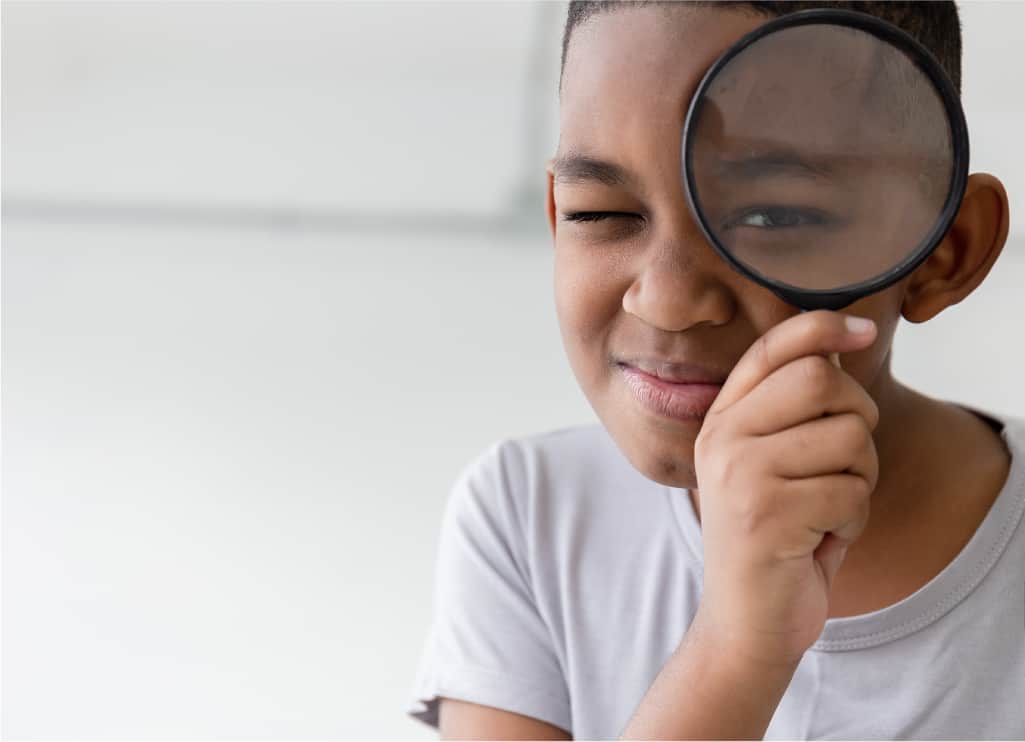
What is Learning in Disguise?
Learning in disguise is basically making learning fun.
Dr. Montessori’s famous quote says it all:

Such profound truth is embedded in this simple sentence. When children engage in activities that captivate their imagination and curiosity, they are not merely playing, but actively learning. Learning in disguise, if you will.
Blending learning into engaging experiences allows children to absorb knowledge and skills without even realizing they are taking in so much. This approach taps into children’s natural curiosity, making learning an enjoyable and memorable experience.
🔎 Keep reading for examples of learning in disguise!
We’ve got all the information you need to make learning fun.
You can also harnass the transformative potential of using games in the classroom to unlock the power of learning through play.
We love learning in disguise because of all the benefits it brings.
9 Benefits of Learning in Disguise in Elementary
1. Enhances Child Engagement and Motivation
One of the key advantages of learning in disguise is that it boosts engagement and motivation among elementary students.
When learning is presented in a fun and interactive way, children are more likely to be enthusiastic and eager to participate.
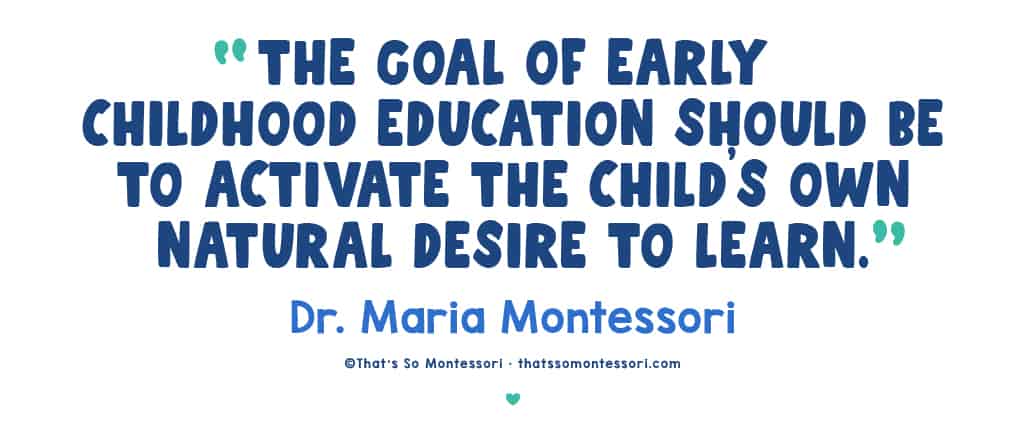
By incorporating educational material into activities that students already find enjoyable, such as games, puzzles, or arts and crafts, they become active contributors to their own learning experience.
This heightened level of engagement not only deepens their understanding but also cultivates a sense of ownership and satisfaction in their accomplishments.
2. Develops Critical Thinking Skills
Stealth learning serves as a catalyst for the development of essential critical thinking skills in elementary students.
By disguising learning within engaging activities, it prompts children to think outside the box, approach challenges from different angles, and generate innovative solutions.
This process of creative problem-solving nurtures their analytical thinking abilities and empowers them to make connections and draw meaningful conclusions independently.
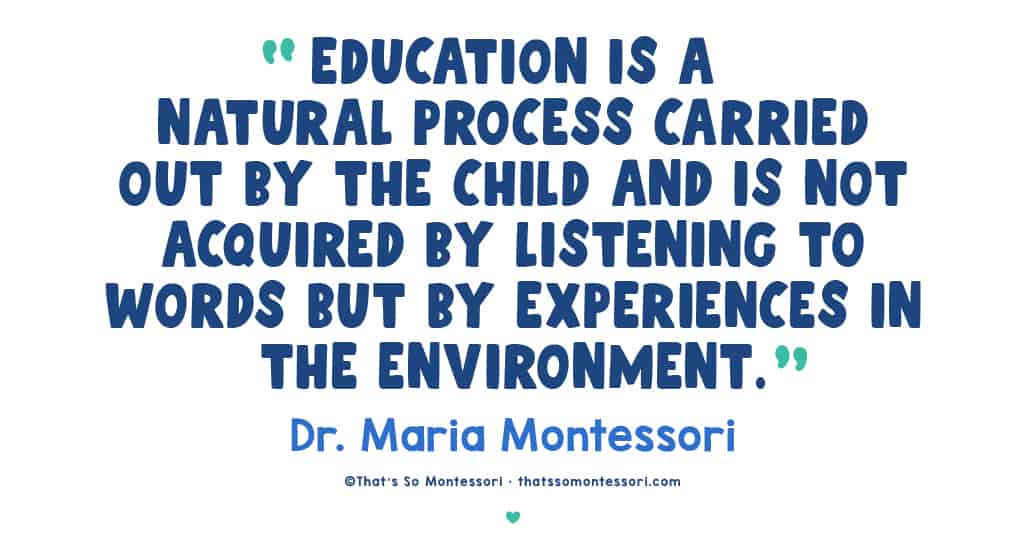
Take, for example, hosting a captivating grammar-themed scavenger hunt during the summer break. This immersive experience not only holds students’ attention but also encourages them to apply their language skills, knowledge, and problem-solving abilities in a real-life context all while beating the dreaded summer brain drain.
This hands-on approach to learning allows them to see the practical application of their language skills, reinforcing their understanding and boosting their confidence in their abilities.
Through engaging activities, like making scavenger hunts for kids, stealth learning provides students a chance to develop and refine their critical thinking skills, empowering them to become independent thinkers, effective problem solvers, and lifelong learners.
💡 Teacher Tip: Build their critical thinking skills with rebus puzzles!
With our rebus puzzle guide and cards you can teach your kids to be puzzle solving masters.
Students will take delight in deciphering our rebus picture puzzles that range in difficulty from easy rebus puzzles to tricky rebus puzzles.
Explore our collection of printable rebus puzzles designed for kids!
3. Sparks Curiosity and a Love for Learning
Learning in disguise has a remarkable ability to spark curiosity and foster a genuine love for learning in students.
When exciting and interactive activities are infused with even the slightest bit of educational material, students are naturally motivated to explore, question, and discover.
This approach not only engages their senses but also nurtures their innate curiosity, driving them to seek knowledge and delve deeper into the subject matter.
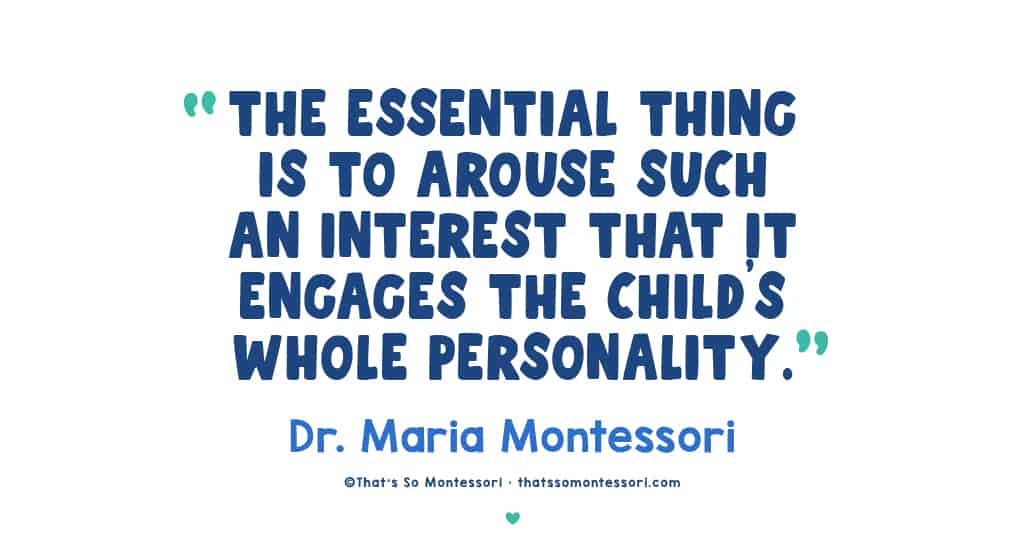
💬 Like Montessori quotes? Then you’ll want to check out these blogs:
35 Montessori Quotes for Inspiring Peace
77 Montessori Quotes to Fuel Your Child’s Success Story Now
When learning is disguised as an enjoyable adventure, it creates positive associations with education and instills a desire to seek opportunities to learn. Students develop a sense of enthusiasm and eagerness to explore new topics and subjects, paving the way for a continuous pursuit of knowledge in and out of the classroom.
By nurturing curiosity and fostering a love for learning, stealth learning empowers students to become lifelong learners. This intrinsic motivation fuels their intellectual growth, propelling them on a lifelong journey of discovery and academic achievement.
💡 Teacher Tip: Ignite learning through personalized passion projects!
Unleash the power of learning in disguise by encouraging elementary students to pursue their interests. By connecting education with their passions, students engage deeply, fostering curiosity and ownership in their learning journey.
From exploring the lives of favourite comic illustrators to blending math with a passion for horses or cats, personalized projects take learning to new heights.
4. Enhances Creativity and Imagination
Learning in disguise nurtures creativity and imagination in elementary students, forging a profound connection between the joy of exploration and the learning process.
By infusing educational concepts into hands-on activities, open-ended projects, and imaginative exercises, students are empowered to explore, innovate, and think outside the box.
The 5 Montessori Great Lessons are a perfect example of this. They simplify complex ideas into engaging lessons designed for young elementary students, fostering curiosity and excitement about the world. Through these lessons, students not only learn but also develop a deeper understanding and appreciation for various subjects.
It’s hands-on activities like science experiments, art projects, and building challenges that will not only deepen students’ understanding of core subjects but also fuel their creativity. As they manipulate materials, experiment with different approaches, and overcome obstacles, students develop problem-solving skills and discover their unique creative abilities.

By embracing learning in disguise, educators inspire students to become active creators of knowledge. When learning is fun, students unlock the power of their imagination and cultivate innovative thinking, setting the stage for a future of endless possibilities.
💡 Teacher Tip: Your kids need this interactive activity book!
Introducing Draw Doodle Scribble Think Create, a one-of-a-kind activity book designed to ignite imagination and artistic prowess in elementary students. With a multitude of engaging drawing prompts, this book provides a platform for kids to express their unique creativity.
Our activity book encourages children to think outside the box, fostering learning in disguise. Watch as they explore, learn, and proudly showcase their creations, making every moment a delightful and educational experience.
5. Promotes Collaboration and Communication Skills
Learning in disguise extends beyond individual learning and actively nurtures collaboration and communication skills among elementary students.
By participating in disguised learning activities that emphasize teamwork and cooperation, such as group projects or interactive games, students gain valuable opportunities to cultivate vital social and interpersonal abilities.
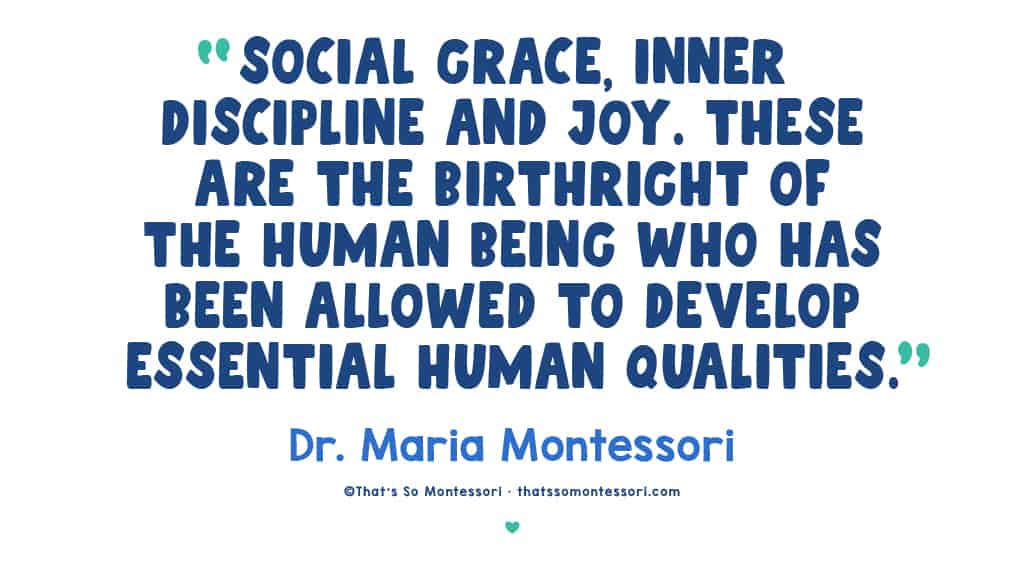
These collaborative learning experiences are common in the Montessori classroom and serve as a platform for students to effectively communicate their ideas, actively listen to others, and engage in constructive dialogue. They learn the importance of expressing themselves clearly, respecting diverse perspectives, and working together harmoniously towards shared goals.
Such interactions foster the development of essential life skills that are highly valued in today’s interconnected and collaborative society.
💡 Teacher Tip: Boost Social Skills with Our FREE Command Cards!
Discover our exclusive collection of Social Skills Command Cards, available for free when you join our newsletter.
These interactive cards provide elementary-aged children with engaging role-playing prompts to practice and develop grace, courtesy, and essential social skills.
With our command cards, learning becomes a fun and interactive experience, empowering children to navigate social situations with confidence.
Get your FREE social skills command cards now!
Collaboration and communication skills extend far beyond the classroom, ensuring that students are well-prepared to engage in meaningful interactions and make significant contributions to their future endeavors.
6. Builds Real-World Problem-Solving Abilities
Stealth learning nurtures real-world problem-solving skills in the second plane child.
By embedding learning opportunities into everyday activities, students are encouraged to apply their knowledge and skills to practical situations.
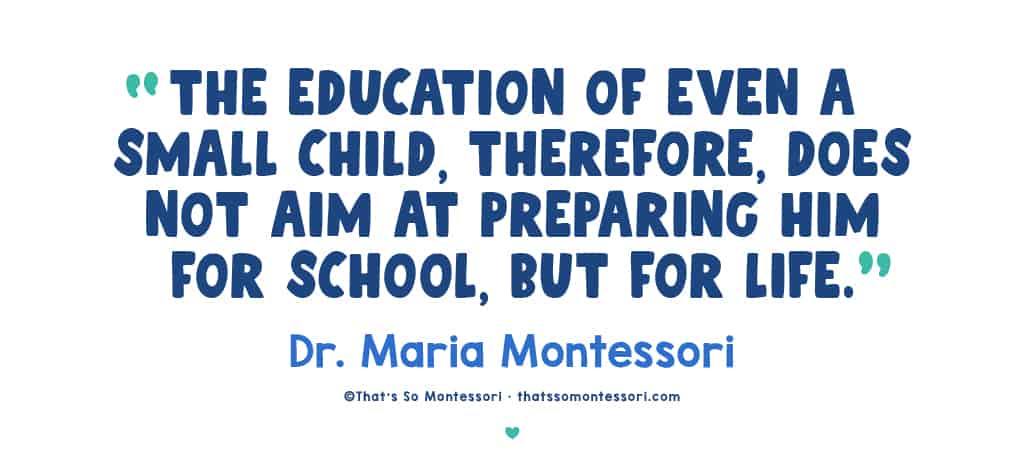
Disguised learning provides a bridge between theoretical knowledge and its practical application.
By connecting academic concepts to real-world situations, students develop a deeper understanding of the relevance and significance of what they are learning. They see the direct impact of their knowledge and skills in solving problems and making informed decisions.
A key difference between Montessori education and traditional schooling is the emphasis on cross-curricular connections. Montessori students engage in interdisciplinary learning, fostering connections between various subjects and their practical implications in real-life contexts.
The practical application of learning not only enhances a child’s problem-solving abilities but also instills a sense of purpose and motivation to learn within them.
7. Improves Retention and Application of Knowledge
Learning in disguise engages students in activities that are fun, interactive, and relatable.
When learning is associated with positive emotions and enjoyable experiences, children are more likely to remember and retain what they have learned.
💡 Teacher Tip: Spark enthusiasm for math facts with this game!
Engaging activities make math memorable.
Read our blog Elevate Elementary Math Skills with This Exciting Math Card Game and introduce this game to your elementary students for an interactive learning experience.
This type of learning also promotes a deeper understanding of the subject matter. Instead of simply memorizing facts or following rote procedures, students are encouraged to think for themselves, problem-solve, and make connections between different concepts.
This active thinking process helps to reinforce their understanding and enables them to transfer their knowledge to new situations.
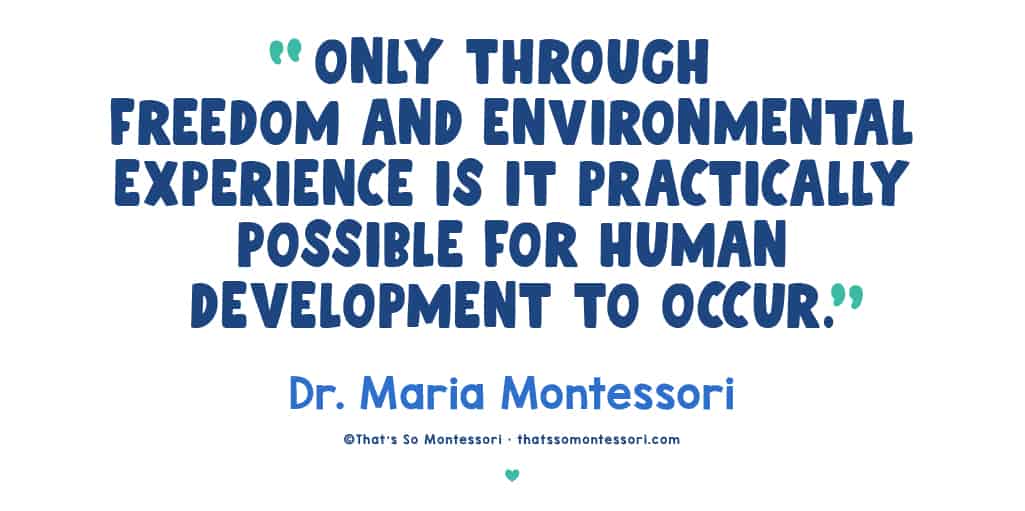
By integrating educational content into enjoyable activities, students develop a stronger memory of what they learn and are better equipped to apply their knowledge in practical contexts.
8. Cultivates a Growth Mindset
When engaging in disguised learning activities, students develop a belief in their own potential to learn and grow.
Through learning in disguise kids are encouraged to embrace challenges as opportunities for improvement rather than seeing them as insurmountable obstacles. This mindset shift promotes resilience, perseverance, and a willingness to take on new challenges with a positive attitude.
Through disguised learning, when students encounter difficulties or setbacks, they learn to view them as valuable learning experiences.
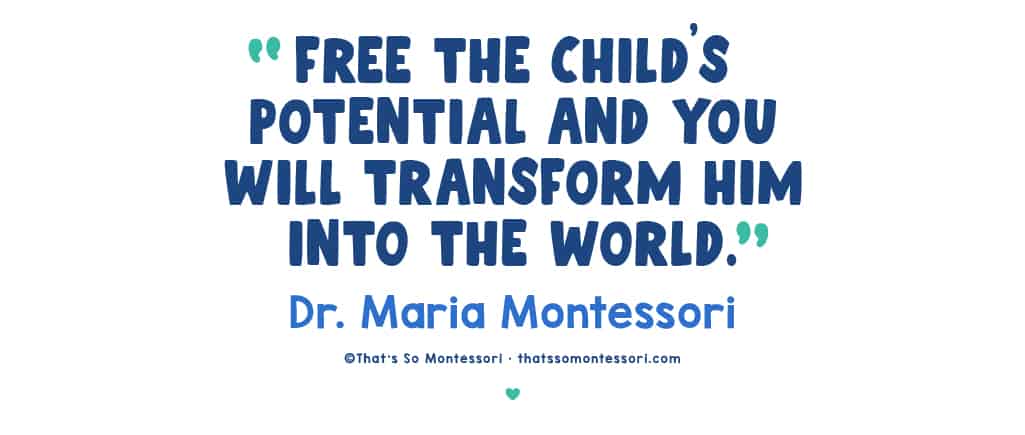
Instead of becoming discouraged, they understand that making mistakes is a natural part of the learning process. Students develop the mindset that effort and hard work are essential for growth and improvement.
By consistently engaging in disguised learning, students gradually develop a strong belief in their own ability to learn and adapt. They understand that intelligence and abilities can be developed through effort, effective strategies, and feedback. This growth mindset empowers them to approach new challenges with confidence and optimism.
💡 Teacher Tip: Ignite their imagination with a dream board!
Get elementary students dreaming big and putting what they want in life out there with a dream board. This activity not only enhances artistic skills but also cultivates a growth mindset and fosters a sense of purpose and ambition.
Use our Printable Dream Board Activity for Kids to get the elementary-aged kids in your life thinking of their future.
9. Encourages Lifelong Learning
By immersing children in an environment where learning becomes synonymous with joy and fulfillment, we unlock the gateway to lifelong learning.
Disguised learning creates powerful associations between education and fun, nurturing a mindset that perceives knowledge as an exhilarating and rewarding journey rather than a mere obligation.
This is kind of like the motto for how I interact with and guide my students and their families. I’ve witnessed the incredible power of learning in disguise and how it can encourage lifelong learning by seamlessly blending educational content with fun activities.
When children are immersed in a learning environment that sparks joy and satisfaction, they develop a deep-rooted love for learning that extends far beyond their academic years.
By creating positive associations between learning and fun, disguised learning cultivates a mindset where students view education as an exciting and fulfilling journey rather than a chore.
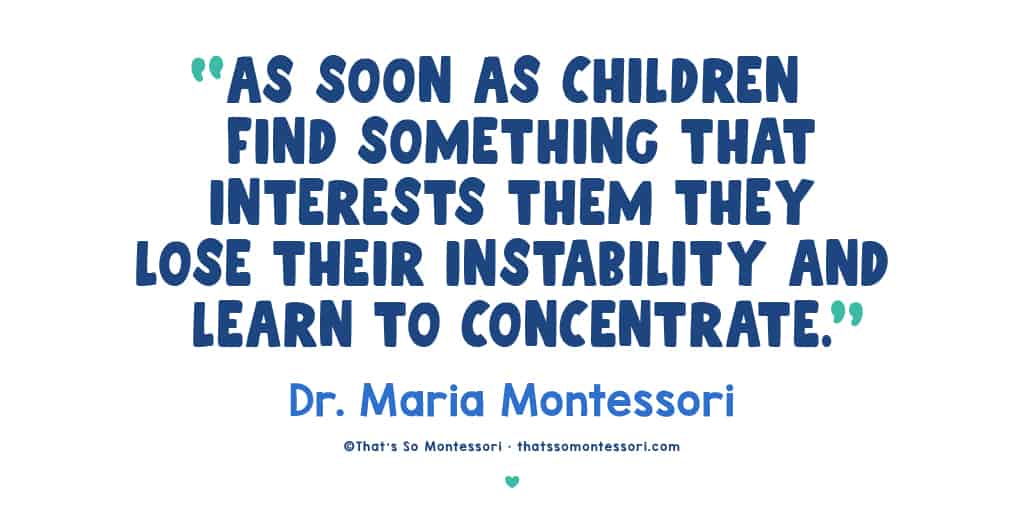
When learning becomes an enjoyable experience, students are more likely to continue pursuing knowledge and exploring their interests long after their formal education ends.
💡 Teacher Tip: Encourage a lifelong love of math with games!
Roll out the fun in math class and try some of the games we have outlined in these blog posts:
21 Fun Math Games with Dice to Try With Kids 8-12
15 Educational Games With Three Dice for Kids
9 Montessori-Aligned Math Activities for Elementary Students
With these game-changing resources, you can transform math lessons into interactive adventures, paving the way for enhanced understanding, increased engagement, and a lifelong appreciation for the beauty of mathematics.
By infusing learning with elements of enjoyment and excitement, we create an environment where the pursuit of knowledge becomes a lifelong endeavor.
Learning in Disguise Activities to Try with Kids
Here are some ideas to seamlessly integrate learning into your classroom or home. Turn education into an enjoyable adventure for children of elementary age with these fun activities.
Science Experiments
Ignite your child’s inquisitiveness and critical thinking through interactive science experiments.
From constructing homemade volcanoes to unraveling the mysteries of magnets, science experiments offer hands-on learning that transcend traditional methods.
They not only impart scientific concepts but also cultivate skills such as reading comprehension, observation, inquiry, and problem-solving.

Historical Role-Play
Historical role-play offers a dynamic way to immerse young learners in the lives of influential figures from the past, bringing history to life in the classroom.
By delving into books like “Famous Artists in History” or “Leaders and Thinkers,” students can uncover the stories of painters, sculptors, and photographers who shaped our world.
Through immersive role-playing activities, students step into the shoes of these historical figures, gaining insight into their perspectives, struggles, and contributions. As they embody these characters, students not only deepen their understanding of history but also hone their empathy, critical thinking, and communication skills.
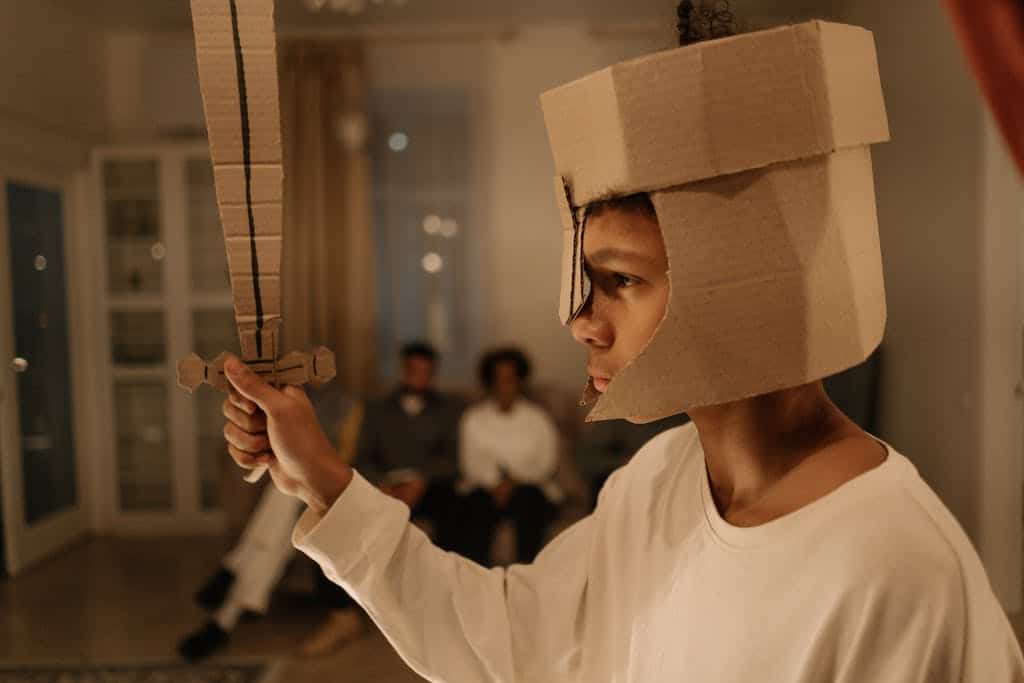
Math Games
Transform math practice from routine to engaging with an array of exciting math games.
I firmly believe that immersing children in a world where numbers are captivating and math is an adventure is key to making math more approachable and enjoyable. That’s why I’ve dedicated considerable time to developing blogs and projects centered around math games.
There are numerous ways to make learning math fun. Children can explore strategic board games that challenge their critical thinking, solve challenging math riddles to sharpen their problem-solving skills, or engage in dice games that incorporate different math concepts.
In my elementary classroom, math fact games serve as a clever way to incorporate learning in disguise. Whether it’s digital math games or printable math games, there’s a game suited for every student’s learning style.
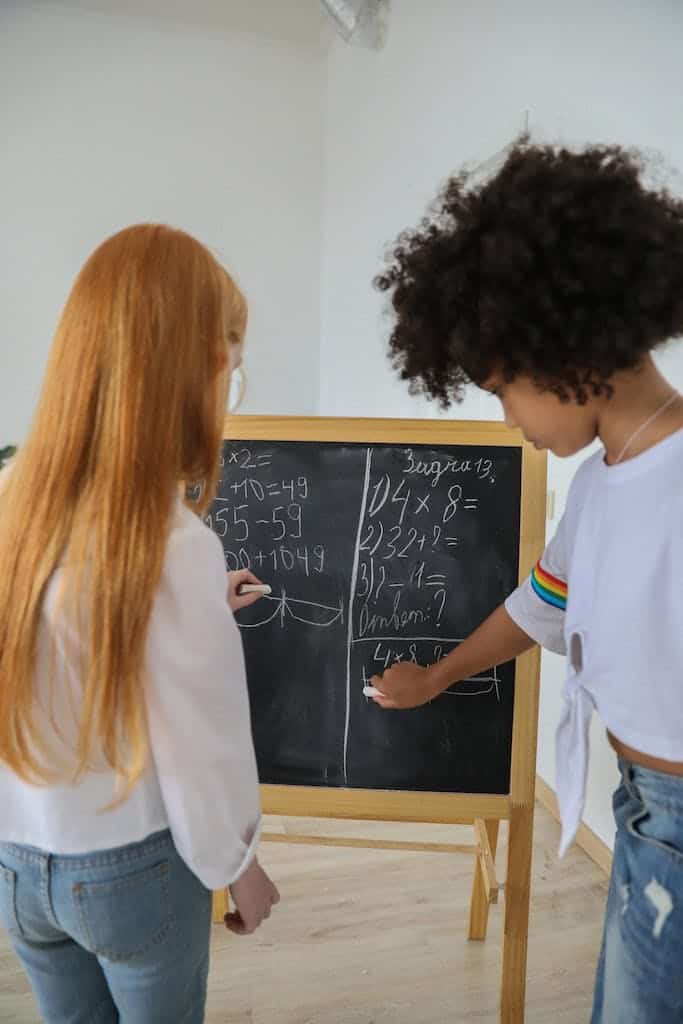
Creative Writing Adventures
Discover the endless worlds of imagination with fun and easy creative writing activities that help kids improve their writing skills and appreciate the power of words.
Encourage them to write exciting stories, create beautiful poems, or jot down their thoughts in a journal. These creative endeavors not only make their writing better but also help them express themselves, think deeply, and explore new ideas.
💡 Teacher Tip: Spark creativity with story dice!
Explore our blog featuring 11 imaginative ways to use story dice in your classroom or at home.
Engage elementary children in captivating storytelling journeys, igniting their imaginations and nurturing a lifelong passion for storytelling.
Outdoor Exploration
Step outside and discover the wonders of nature firsthand.
Embark on nature walks, spot diverse flora and fauna, and delve into the intricacies of ecosystems and environmental stewardship.
Outdoor exploration not only connects us with nature but also nurtures vital skills. As kids observe and interact with their environment, their curiosity blossoms, and their observation skills sharpen. They’ll gain a profound understanding of nature’s complexities and a sense of duty to protect it.
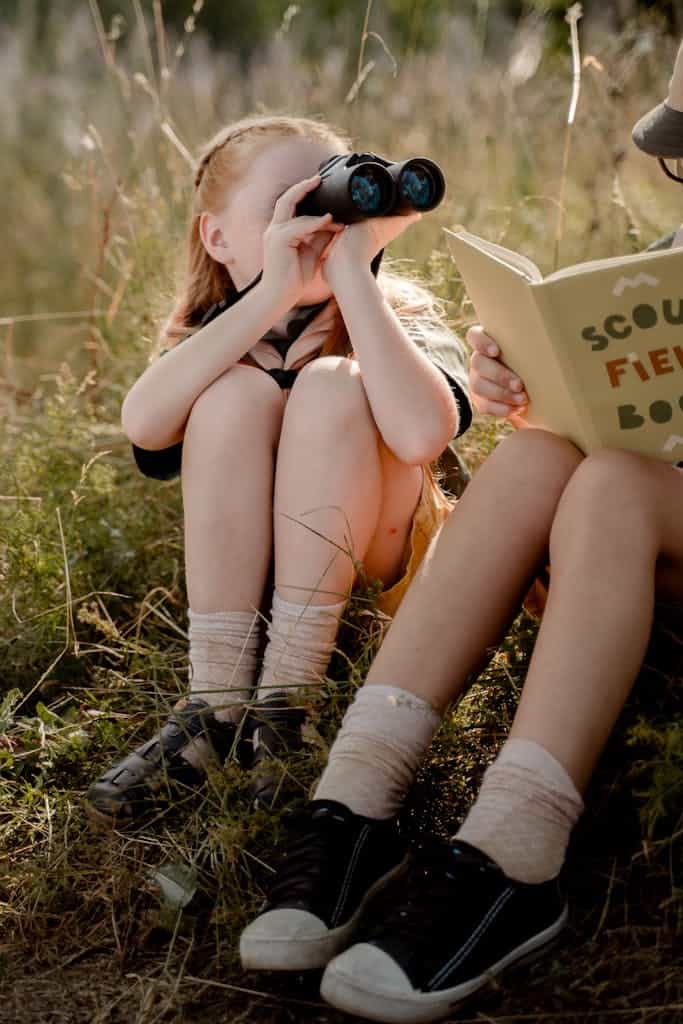
For an unforgettable adventure of disguised learning, experience our outdoor scavenger hunt – the ultimate neighborhood scavenger hunt!
Art Appreciation
Introduce your children to the world of art through various forms and artists.
Visit galleries, explore online exhibits, and engage in hands-on art projects at home.
Discuss the meanings behind artworks, encourage them to create their own, and foster visual literacy and creativity.
Art appreciation nurtures creativity, critical thinking, and self-expression through different mediums.
By fostering a love for art and providing opportunities for exploration, children can appreciate beauty and develop their unique artistic voices, all while having fun and learning!
💡 Teacher Tip: Your kids need this activity book!
Fuel your child’s creativity with our must-have activity book, Draw Doodle Scribble Think Create.
Designed for elementary students, this unique book provides a plethora of drawing prompts to inspire imagination and artistic expression.
Culinary Adventures
Take kids on a fun and educational culinary adventure!
Cooking together not only creates enjoyable moments but also teaches valuable life skills. Explore diverse recipes to broaden cultural understanding and appreciate different tastes.
Discover nutrition fundamentals and food science, turning kitchen activities into learning experiences. Engage in math through measurements and conversions, making math concepts practical and relevant.
Encourage healthy eating habits and empower kids to make informed food choices while enjoying the satisfaction of creating delicious meals together.

Community Service Projects
Get involved in community service projects for meaningful learning experiences.
Volunteer at local charities, organize donation drives, or raise awareness about social issues. These activities teach empathy, citizenship, and social responsibility while fostering compassion and understanding.
For instance, organizing a donation drive empowers kids to make a difference. By collecting essentials like food and clothing, they learn generosity and resourcefulness. Engage in community service to learn valuable lessons while benefiting others.

📺 YouTube offers a fantastic opportunity for learning in disguise!
Take your children’s educational journey to new heights with carefully selected channels. Discover our blog post featuring 27 outstanding YouTube channels that effectively prevent summer learning loss.
Why Elementary-Aged Kids Love Learning in Disguise
Elementary students love learning in disguise because it is:
✅ Fun and Engaging
Elementary-age children have boundless energy and an inherent desire for play. Learning in disguise harnesses this enthusiasm, transforming educational activities into exciting adventures.
✅ Hands-On and Interactive
Disguised learning often involves hands-on experiences, allowing children to actively participate and interact with the content. Whether it’s through experiments, role-playing, or problem-solving activities, they can explore, discover, and learn by doing.
✅ Relevant
Learning in disguise connects to the student’s interests, passions, and real-world experiences, making the educational content more relatable and personally meaningful to them. This relevance enhances their motivation to learn and encourages deeper understanding.
✅ Confidence Boosting
Traditional classroom settings can sometimes create pressure and anxiety for young learners. Learning in disguise offers a safe and non-threatening environment where children can explore and experiment without fear of failure. This approach builds their confidence and encourages them to take risks, fostering a love for learning and a growth mindset.
✅ A Multi-Sensory Experience
Learning in disguise often involves hands-on activities, interactive games, and visual aids. This multi-sensory approach caters to diverse learning styles and promotes deeper engagement and understanding. Children can see, touch, and experience the concepts they are learning, resulting in a more comprehensive and memorable learning experience.
✅ Self-Paced
This type of learning often allows students to progress at their own pace, providing a sense of autonomy and empowerment. This flexibility accommodates individual learning styles and allows students to delve deeper into topics of interest, fostering a sense of ownership over their education.
These reasons collectively make learning in disguise a highly appealing and effective approach for elementary students, promoting a love for learning and a desire to explore new horizons.

The Wrap-Up: Benefits of Learning in Disguise
Learning in disguise or stealth learning provides an innovative approach to education that goes beyond traditional teaching methods. By sliding educational content into everyday activities and embracing teachable moments, elementary students can experience numerous benefits.
Learning in disguise offers so many benefits – from boosting engagement and critical thinking to nurturing creativity, collaboration, and problem-solving. By sparking curiosity and encouraging a growth mindset, these hidden opportunities help shape both academic and personal growth in students.
Let’s embrace learning in disguise and help create a world where education feels exciting and natural for every child.
Keep your kids busy learning with the educational activities in these blogs:
11 Ways to Use Our Roll A Story Dice Game
13 Engaging Vocabulary Development Activities for Elementary Kids
Rebus Puzzles for Kids: A Comprehensive Riddle-Solving Guide
31 Fun Summer Reading Activities Elementary Students Will Love
The Best Neighborhood Walk Scavenger Hunt and 13 Different Ways to Use It
8 Easy Rebus Puzzles with Answers
27 Educational YouTube Channels to Prevent Summer Learning Loss


